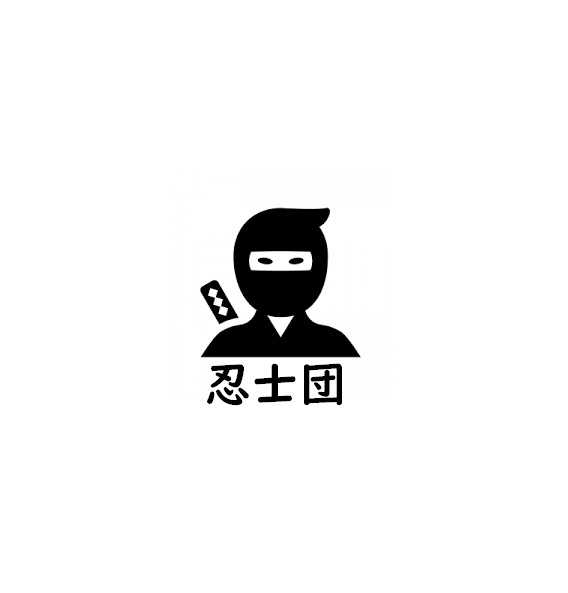1. Historical background
We see the evidence in the Tokugawa Shugunate document “Igamono Yuishogaki (A long and distinguished history of the Iga people.” that the Shogunate employed shinobisamurai. Shinobinomono were ordinary people who were trained by Shinobisamurai to work for the shinobisamurai, themselves. The shinobinomono didn’t have family names. But those who became the retainers of the Shogunate had family names and crests before they were invited into the Tokugawa shogunate.
The shinobinomono disapperred when Japan became peaceful under the Tokugawa Shogunate. Many returned to farming, some became medicine dealers, some fireworks dealers, some became professional martial artists, etc.
Unfortunately there were also many shinobisamurai who were not employed by the Tokugawas. Some lucky ones were employed by other feudal lords.
The Fujibayashis were one of the unfortunate country samurai clans. So Fujibayashi Sabuji Yasustake wrote a book titled Mansen Shukai and dedicated it to the Tokugawa Shogunate hoping to get a position in the government. The Shogunate decided that the service by the clan was not essential.
————————————————————————————-
2. Ninjutsu
Mansen Shukai reveal us varieties of facts about ninjutsu.
We define ninjutsu as strategic techniques and they are not martial arts.
3. The Mansen Shukai Seishin
According to the book, the core idea to support ninjutsu is a virtue termed “Seishin (shoshin)正心). Seishin means correct or right mind, or integrity.
Though the shinobi carry out their missions like sneaking into places, or stealing things or kidnapping, or arsoning, plotting, or assassinations. the shinobi follow out the orders of their lords whose purposes were to avoid unnecessary wars. So the fact that the shinobi abide by Seishin in their daily lives is where they are different from criminals. Seishin suggests the shinobi are mentally and physically strong, good, humble people.
4. The Minsen Shukai Shinobi Mindset
The principle shinobi mindset stated in Mansen Shukai is phrased as “Grab at a chance when enemies are unaware ”(Ki wo mite kyo wo tsuku 機をみて虚を突く). Here we can see the shinobi can use every possible strategy without regarding fairness or righteousness or any ethics.
5. The Addition of Gotoku (Five virtues: Jin, Gi, Rei, Chi, Shin 仁義礼智信)
When our shinobisamurai ancestors started to work for the shogunate, Seishin was not enough. It’s such a vast ideas, that they needed more concrete guideline. There was a wide range of interpretation of Seishin that Seishin could be used for justification of all of the shinobi activities.
So Gotoku (Five virtues 五徳)were added. But their ninjutsu or strategic techniques were still just techniques. When they started to assume more important positions, they needed to think as elite officials not as low class samurai.
———————————————————————————–
6. From Jutsu to Law and then to Do (術より法に達し道に至る。)
Usually people train themselves to be strong or better or healthier. The techniques learned here are mainly for personal advantages and there’s no philosophy included.
As serious learners advances in their arts, they start to see fundamental laws, and when the learning become more profound they get to Do (Way 道. )
There’s a point where many start to think of utilizing the art for the society. That’s when techniques become enhanced with philosophical perspective.
7. In our order Seishin is termed Washin
The shinobisamurai’s strategic techniques are sublimated into the philosophical code, way(Do 道). Harmonious heart (Washin 和心) is the fundamental spirit to make it happen.
8. The ninshi
While the ninshi train themselves, they incorporate the ideas of Ninshido into their daily practices. The ninshi seek to turn social problems to be more harmonious for the mass.
The fundamental laws found through training are applied in different fields, and then Do become recognized in societies.
The ninshi plan and carry things out and assess the results, and if they are not satisfactory, efforts are made to get better results.
The Ninshido requires the ninshi to understand situations objectively before taking any measure. The ninshi “observe, orient, decide and act.”
9. Mind-Body Oneness
One of the elements in ninjutsu is sensing (Kannoh 感応). To sense, mind-body oneness (Shinshin Ichinyo 心身一如)becomes essential. An effective way to learn to sense is to combine mental and physical training.


コメント